Producers
-
Description:
Union Grove Distillery is a new “Farm Licensed” craft distillery located in Arkville, New York in the beautiful Catskill Mountains; the name comes from the lost town of Union Grove which once stood about 10 miles south of the distillery location and now lies beneath the cold waters of the Pepacton Reservoir. The Pepacton is one of many reservoirs in upstate New York that supply water to New York City.
The City has spent billions on building reservoirs and underground aqueducts to send clean, fresh water “untreated and unfiltered” to the millions of people in NYC, and Union Grove Distillery is fortunate to have at its disposal this same pristine water for their production.
Brian Mulder is the owner, distiller, bottler, bartender, masher and fermenter, marketer, distributer, website designer, parking lot snow remover, window washes, et al... in other words, wearer of many, many hats. He is very experienced, but new-comers to distilling and are hard at work melding high tech with old world at the distillery. Everything you see has been built by Brian, with a little help from some great friends.
For the new collaboration between David Bowler and Brian Mulder and Todd Pascarella, Kaatskill Mountain Spirits Co., click here.
Image: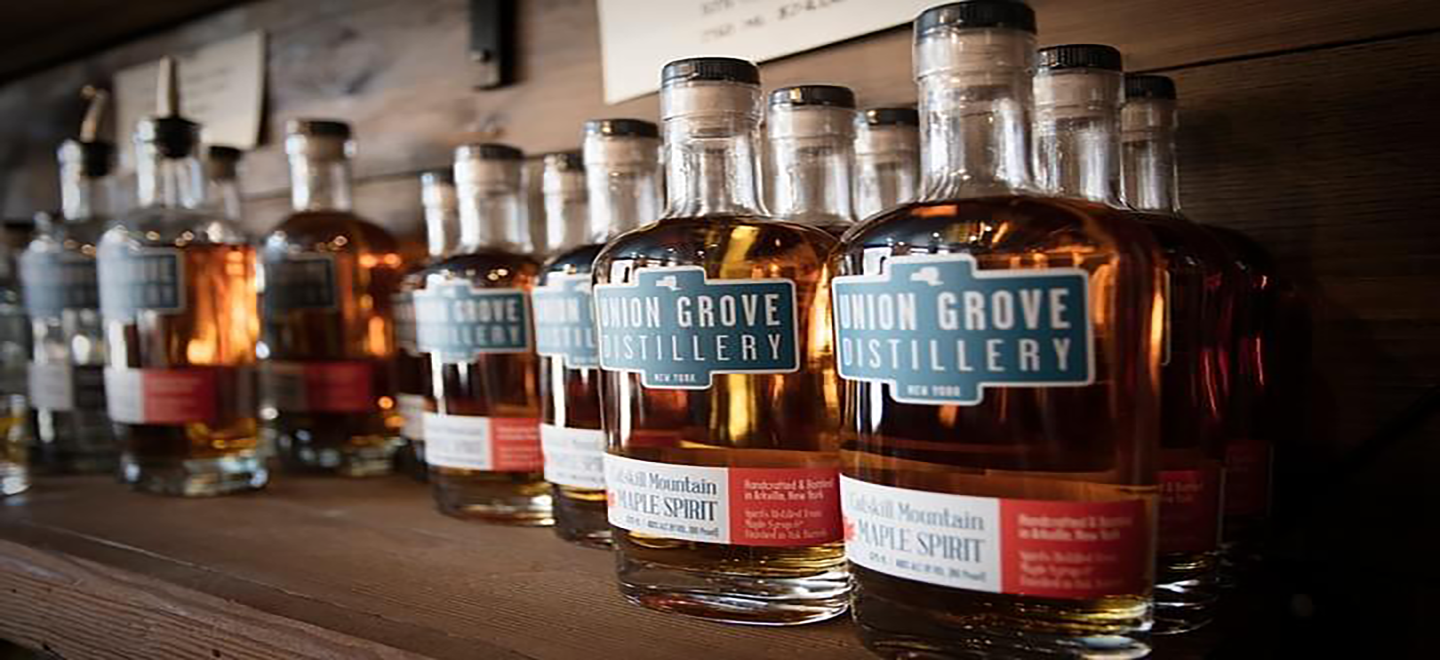 Region:
Region: -
Description:
Val de Mer is Patrick Piuze’s second winery, co-owned with Moutard-Diligent. The winemaking is very similar to his own, eponymous line: both are hand-harvested, both are spontaneously fermented, and the élèvage is the same (used barrels for 1er Cru and Grand Cru and tanks on entry-level.)
However, there are distinct differences. The fruit for the Val de Mer wines does not come from the same vineyards. They are produced in a separate winery- Val de Mer is in Tonnerre- and is an above-ground cellar, so the wines take the temperature of the season during aging. Lastly, you could say that Val de Mer is a more traditional Chablis winery in the way that the wines are bottled, favoring broader representations of the vineyards. For Val de Mer, the entry level Villages wine is a blend, compared to Piuze where his Villages Chablis are bottled separately by village; and, where Piuze has a Vaillon 1er Cru “les Minots”- les Minots being the specific parcel- Val de Mer simply has a Vaillons 1er Cru.
Image: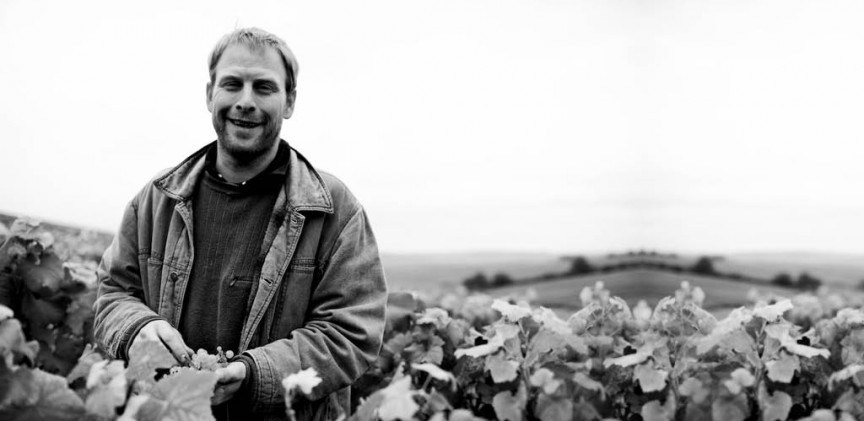 Region:
Region: -
Description:
Frédéric Leydet runs the Château Leydet-Valentin and Château de Valois, both his family’s estates. The wineries are less than three miles from each other and they are in a top growing area of Saint-Emilion and Pomerol. They are very near to Cheval Blanc, Figeac, and Angelus. The soil is composed of sand, fine gravel, and iron. Like Cheval Blanc, Valois and Leydet-Valentin also have a high percentage (nearly 25%) of Cabernet Franc planted to best express the terroir of this area.
Each winery was passed down through the generations, but it was Frédéric’s father, Bernard Leydet who started bottling from only a few hectares of vines in 1962. Over the years, he gradually purchased more vineyards and at the time of his death in 2006, they had each grown substantially: nine hectares in Saint-Emilion and eight and a half hectares in Pomerol. Leydet was born and raised at the property and after studying vine growing and oenology, he came to work at the estate in 1996. Since he began he has introduced new practices, such as pruning and green harvesting. In 2012, he began the conversion to certified organic viticulture, receiving the certification for the 2015 vintage.
In the winery, fermentations happen naturally in tank. The wines are aged on the lees in oak barrels without any racking, a strict minimum of sulfur and no fining or filtration. The hands off approach in the cellar gives wines that feel like an ultra-tradional Bordeaux. The wines have a nice amount of fruit and earthiness, backed by structure, and tannins that are present but do not overpower.
BOWLER E-Zine Issue 2 | Q1 2021: Grower Bordeaux with Frédéric Leydet of Château Valois - Pomerol, France
Image: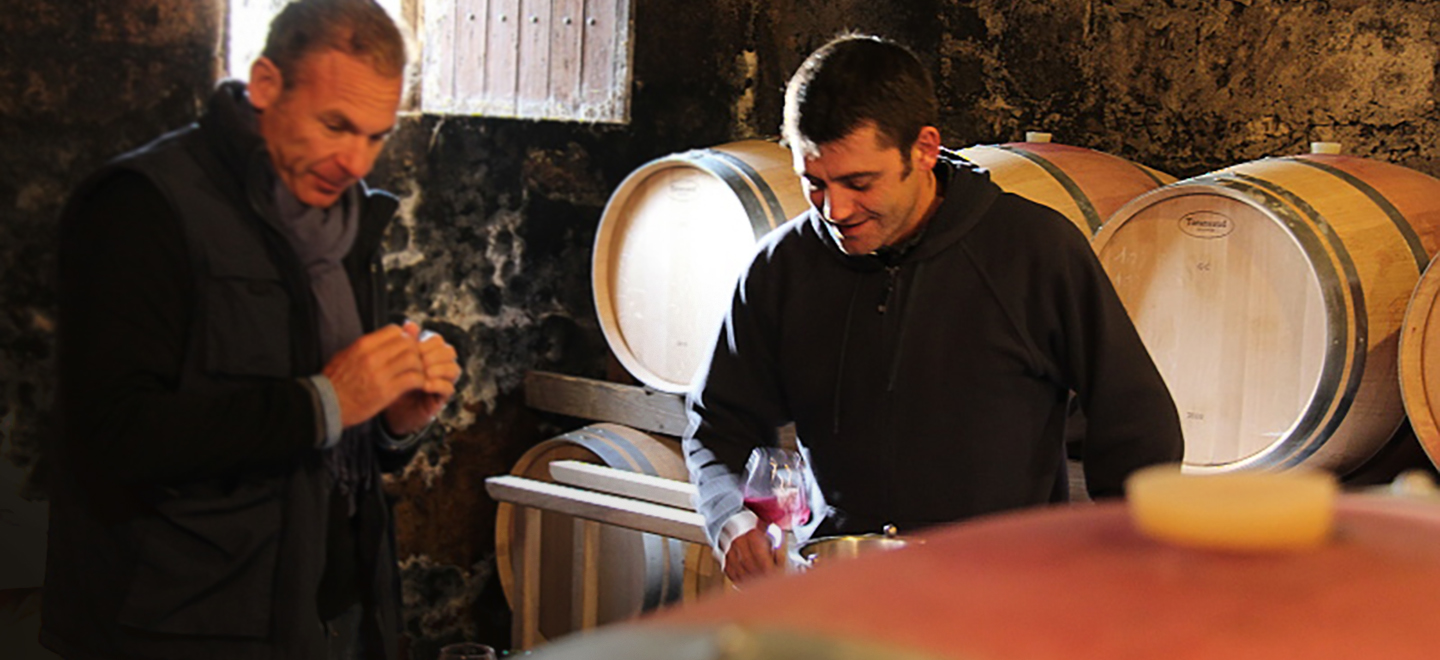 Region:
Region: -
Description:
The venerable Vega Sicilia, Spain’s most famous winery is located at Valbuena del Duero, 30 km east of the ancient university town of Valladolid. The northern boundary of the estate is marked by the main road that runs along the left bank of the Duero (Douro) river between the river bank and the hilltops are some of Spain’s most prized vineyards, on north-facing slopes at altitudes of 750-800m above sea level.
Care begins in the vineyards. Neither chemical fertilizers nor herbicides are used, but organic compost will be added if the vines are suffering unduly. This way, the high average age of the vineyards is maintained. The combination of old vines and severe pruning limits yields, which are further reduced by strict selection at harvest time. The altitude and cold nights delay ripening, and Vega Sicilia only harvest when the grapes are truly ready, which means late October or even November on occasion. Picking is by hand, and the crop is transported to the bodega in small creates so as to arrive in perfect condition.
Image: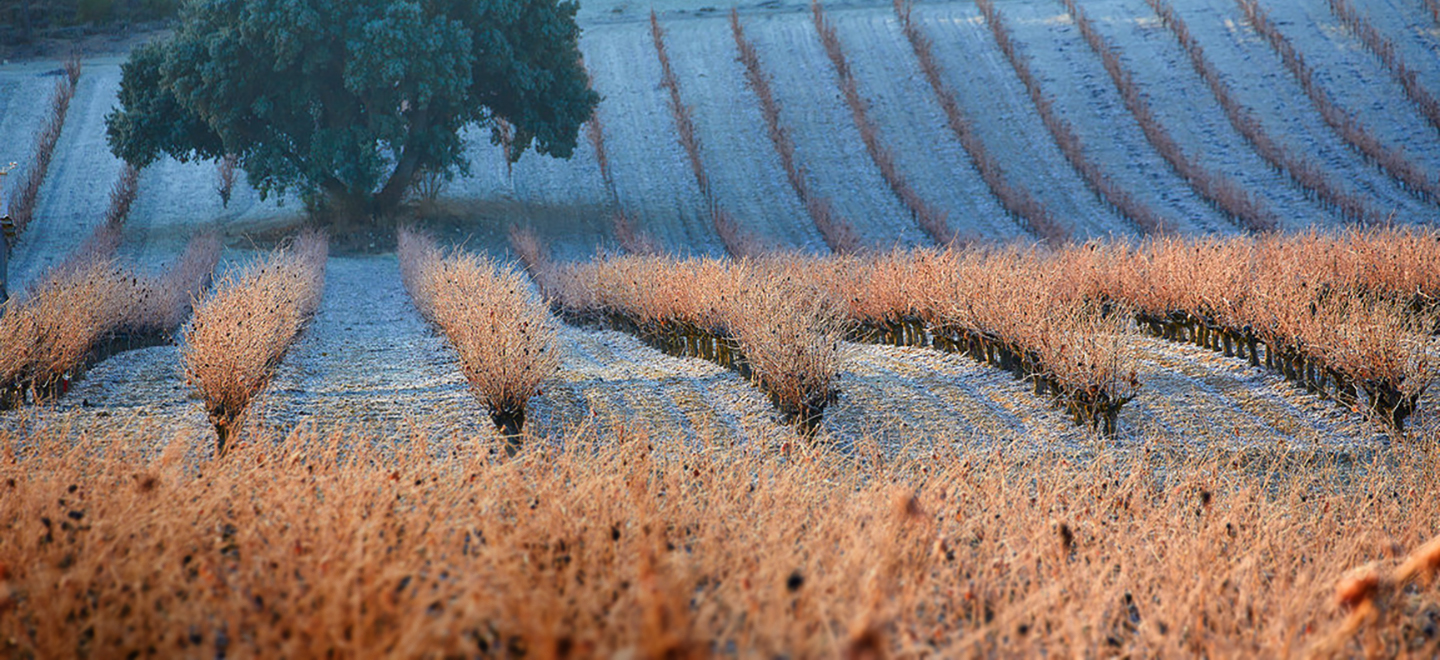 Region:
Region: -
Description:
Eduardo Soler started Ver Sacrum in 2012 after spending some time in the Gredos, in Madrid, and falling in love with the mountain Garnacha. An avid mountaineer who has had a career managing and running ski resorts in Argentina, he decided to start making wines, all from Rhone varietals. His idea is to make fresh ones, with lower alcohol and lighter skin contact, not exactly what Argentina has been known for. His wines ferment from native yeasts and there are no corrections, no filtration, or pump overs. The winery currently sources from two different vineyards in Barrancas (Maipu) and Los Chacayes (Uco Valley) where they have planted Grenache, Monastrell, Carignan, Roussane, Marsanne, Mencia, Syrah, Teroldego, and Nebbiolo.
This profile and tasting notes were edited from the Brazos Wine website, along with the pictures used. For more information please visit: Brazos.
Image: Region:
Region: -
Description:
Thank you to importer Louis/Dressner selections for this profile of Mauro Vergano:
After earning a degree in chemistry, Mauro Vergano studied oenology and viticulture at one of Italy's top schools. Soon after, he started working in the “flavors and fragrances” sector of a company full-time as a chemist. In his 15 years there, Mauro spent extensive time mastering the equipment that produce fragrances, all the while training his nose to correctly identify aromatic blends.
In the late 70's, Mauro channelled his combined interest in wine and aromatized fragrances by producing small batches of his own Chinato. For years it remained a hobby, but with the encouragement of his friends and family, the idea of turning his passion into a full time job started to grow on him. Three years after retiring, the first bottles of Chinato were ready for sale.
Pushing things forward, Mauro released the Luli in 2003, a Moscato based Chinato that remains the only one of its kind on the market. Next was the Americano, a twist on traditional vermouth; by using the relatively unknown grape Grignolino as the base wine, Mauro has created a light, untannic and aromatic delight. The most recent addition to the lineup is a Vermouth made in a more classic, Piedmontese style.
Mauro uses only the finest ingredients, and his cupboard is full of herbs and spices sourced locally but also from around the world. The same is true for the sourced wines: the Chinato is produced from Giuseppe Cortese's Nebbiolo, the Luli from Vittorio Bera & Figli's Moscato, the Americano from Cascina Tavijn's Grigolino and the Vermouth from Cascina Degli Ulivi's Cortese and the Bera's Moscato.Image: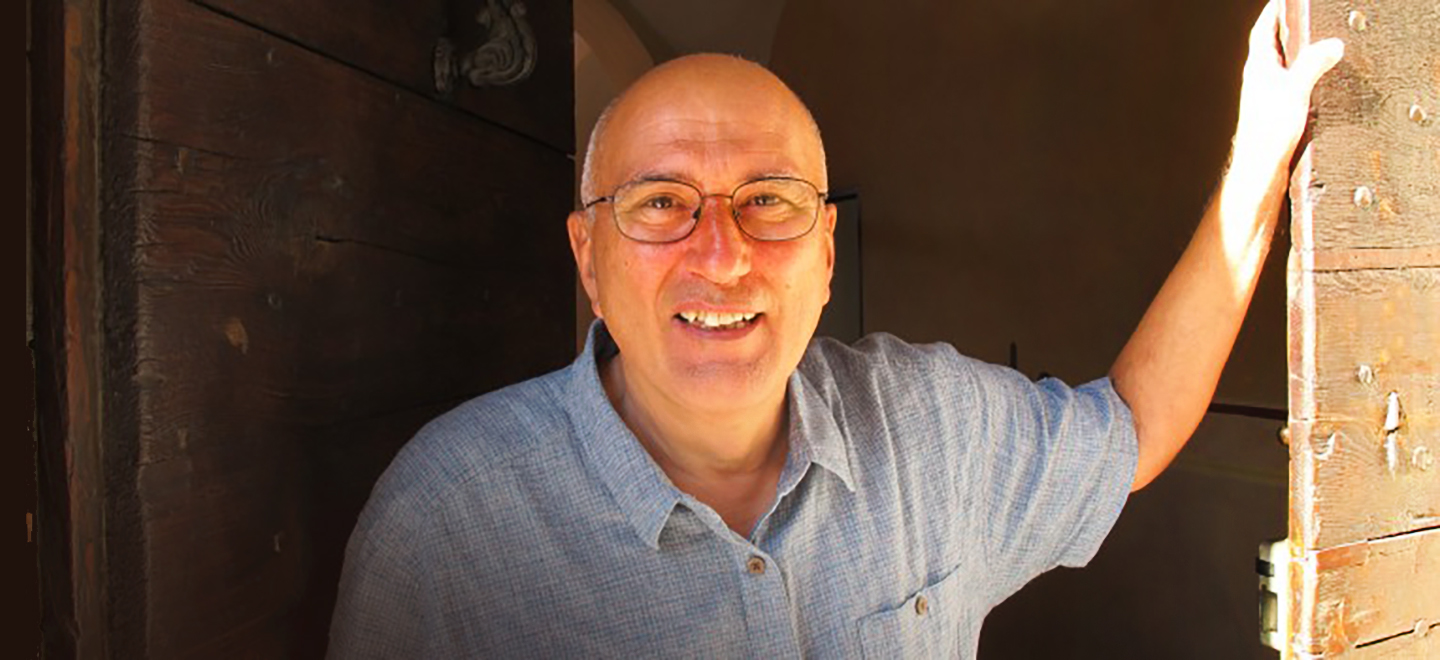 Region:
Region: -
Description:
Via Revolucionaria is located in the Uco Valley in Tupungato, Mendoza; Matias Michelini, the winemaker and agronomist, strives to make experimental wines that express the terroir of this cooler climate. Though they are drawn from multiple inspirations, regions, and styles, the wines have some things in common: are all single vineyard, unconventional wines, fermented with native yeast.
This profile and tasting notes were edited from the Brazos Wine website, along with the pictures used. For more information please visit: Brazos
Image: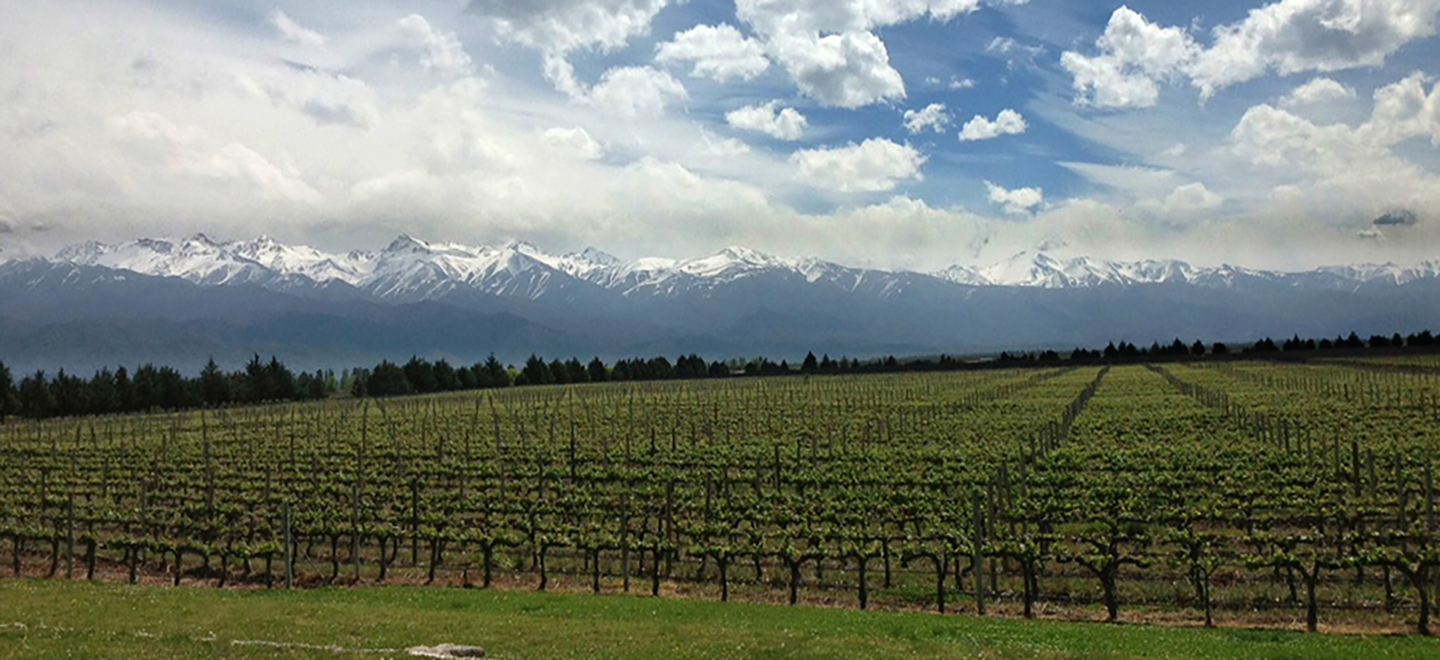 Region:
Region: -
Description:
Victoria Torres Pecis is now the sole owner and caretaker of her family’s centenarian winery in La Palma, Canary Islands. La Palma is in the northern part of the archipelago, further west into the Atlantic from the African continent. Like the other islands that form the archipelago, the soils are volcanic, the terrain rugged and uneven, and climactic conditions are extreme. Temperatures soar to volcanic heights, and the vineyards are constantly whipped by Atlantic winds.
Since her father’s death in 2015, Vicky has been working alone against the elements and the picón—the dark ashy sand that covers the soil—where most of her vines are grown. “I am like the Listán Blanco”, she says, “very resistant.” She has to be. Much of her work is that of restoration: first finding available vineyards and convincing growers to let her work their vines, and then rescuing dying plants and improving the general health of the plots. She farms organically, and the work is all manual.
Her quest for purity takes her from the vineyards she owns in Llanos Negros (a plot in the southwest side of the island planted with Malvasía Aromática, Sabro, and a bit of Negramoll) all the way to the northern side of the Island, in Tinizara, where the landscape changes radically with lush vegetation and incredible vistas above the sea of clouds. Here she works vineyards at more than 1300m elevation, planted with Negramoll, a variety she has mastered. Another site, a bleak-looking old vineyard planted on picón called “Las Machuqueras” on the southern slopes of the San Antonio volcano, gives her Negramoll, Diego (aka Bujariego aka Vijariego Blanco), and Listán Blanco. This plot has been with the family for generations, and due to her work it is (unofficially) recognized as the Islands most prized lieu-dit. In total she works 4.7 hectares.
Her bodega is in Fuencaliente, on the southern tip of the La Palma. It was there that she first learned her craft by watching her father use an old lagar to press grapes and vinify his wines in chestnut barrels. Not much has changed since the early days: the winery is small and contains a few stainless steel tanks and old French and American oak, as well as the chestnut barrels which are still in use. All fermentation is done with native yeasts, and temperatures are not controlled. Her wines have a stunning purity and vibrancy, achieved through her patient, meticulous work.
Image: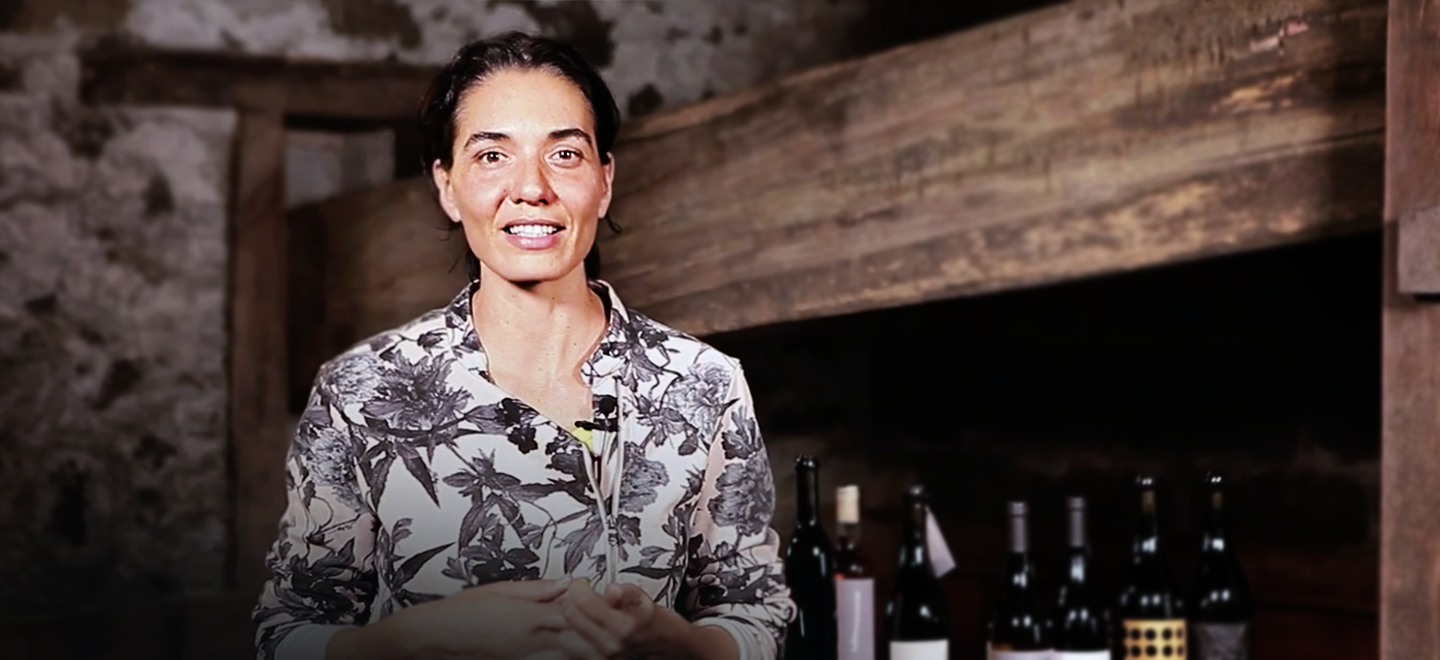 Region:
Region: -
Description:
Villa Calicantus is located in Calmasino, a tiny village on the eastern banks of Lake Garda, Italy’s largest lake. Owner and winemaker Daniele Delaini’s first vintage was 2011, though his family’s history here, in the Bardolino Classico zone, goes way back. In 1860, his great-grandfather established the winery, with the cellar in nearby Lazise. In 1920, his grandfather inherited it and built the cellar in its current location in Calmasino in 1923. Over the years, the family became one of the largest producers of Bardolino, but with the death of Daniele’s grandfather in the early 1970s, his family’s relationship with winegrowing and winemaking came to a halt. They lived in the “big city” of Verona, only coming to Calmasino in the occasional summer, and so the villa eventually fell into a state of abandonment.
After a stint in banking and “attempting” to sell Italian wine in Paris, Daniele returned to his native land when he inherited Villa Calicantus from an aunt. Her favorite flower was the calicantus (latin name: chimonathus), a flowering tree that blooms between December and February. Daniele started with one hectare of vines around the villa, and while the villa and its cellar were being repaired, he made wine in a nearby garage. His family was one of the largest growers of Bardolino in the past; in 2011 he became one of its smallest. Today he farms eight hectares of vines.
The nearly forty-year gap in his family’s involvement in Bardolino proved to be crucial to Daniele’s philosophy. They entirely missed the area’s “industrial/ chemical conversion.” They skipped the appellation’s unfortunate descent from a historic zone producing soulful, light-to-medium-bodied (but often long-lived wines), to a place making mass-produced innocuous quaffers for lake tourists looking to spend as little as possible on a bottle. Daniele remembers barrels, not only in his grandfather’s cellar, but also all over the appellation. He remembers Bardolino as a wine more worthy of one’s heart and intellect—different than nearby Valpolicella’s more mountainous, calcareous/ volcanic profile and use of appassimento, but no less expressive of place: a softer, prettier wine from of lower altitudes, morainic soils, and a climate kept moderate by Lake Garda.
Today, he farms eight hectares on some of the highest sites in the appellation. Five of the eight hectares are trained in pergola, with many of them planted in 1966. He has farmed organically since day one, and in 2014 began conversion to biodynamics. He’s considering getting Demeter certification. His yields are 1/2 to 1/3rd the allowed limit for Bardolino, and he ages his wines longer than anyone in the appellation.
He restored the abandoned villa, where he now lives with his wife, Chiara, and their young children. For a couple years they also ran a bed and breakfast there, but it was too much to keep up with simultaneously with the winemaking. The old cellar has also been restored and Daniele has filled its minuscule space with concrete vats and used barrels. He makes five different wines—30,000 to 40,000 bottles total—up considerably since 2011, but still one of the tiniest operations in the area. Daniele’s mission has been to find a path forward by returning to Bardolino’s past. We are excited to represent this special winery.
Villa Calicantus is a member of Co.Vi.Bio (Consorzio dei Vignaioli Biodinamici), a group of seven like-minded biodynamic Italian growers who pool their resources, often presenting their wines together and helping each other with logistics. Learn more at www.covibio.com.
You can also visit Daniele’s website at http://www.villacalicantus.it.
Image: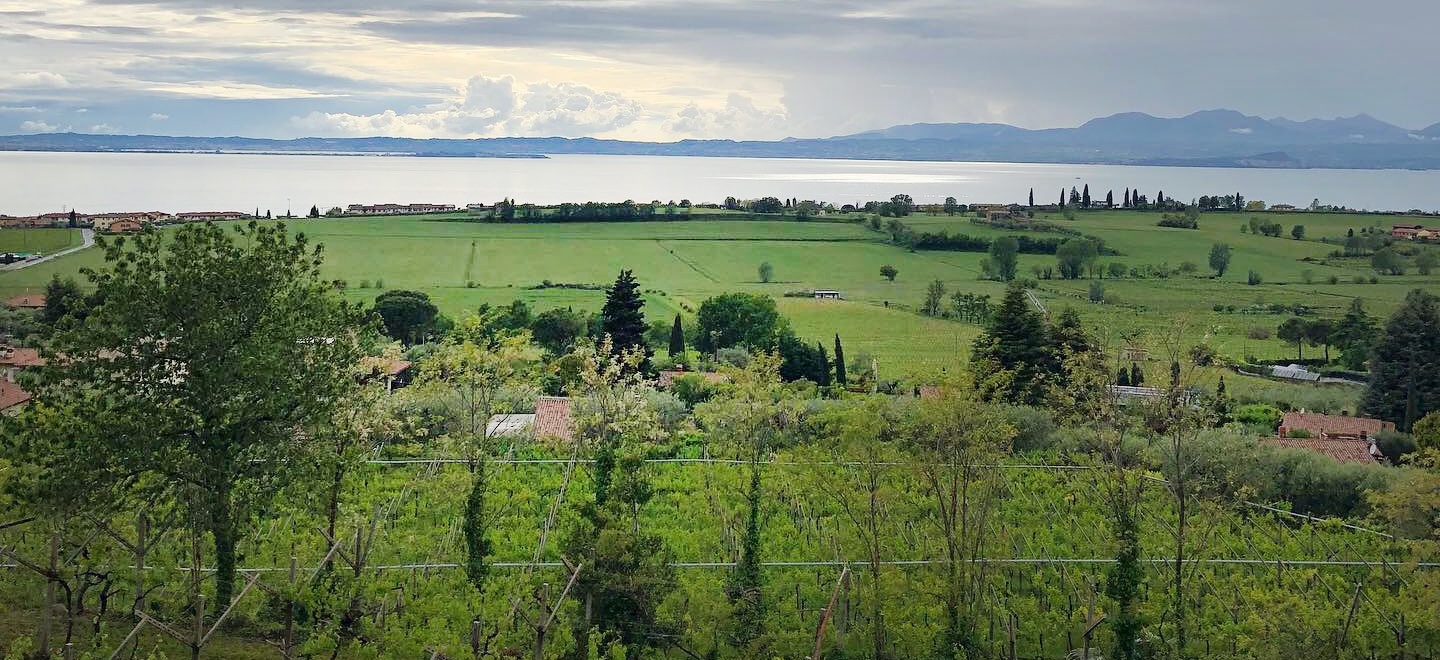 Region:
Region: -
Description:
Brothers Xabi, Iñaki and Mikel Sanz created Viña Zorzal in 2007, taking advantage of their long history and tradition as a winemaking family in Correla, Navarra. Their family winery, Bodegas Correlana, had been run by their grandfather and father to great success in the region, and they became a reference point in the industry. But while the older generation had been more preoccupied with having a viable and commercial trade, the current one decided to take a holistic approach to agriculture, and make artisanal wines, focusing on single-parcels and single-vineyards, and on the terroir of Fitero, this subzone of the D.O. Navarra.
Their landscape differs from the much flatter areas of Navarra where Garnacha and Tempranillo are cropped in high volumes. Their vines grow on rocky and stony soils with variegated clays (heterogeneous), and limestone and composite soils. The fact that the clay-based soils are non-homogeneous makes them much more permeable and resistant to erosion than the soils of the Ebro Basin.
They own 40 hectares, 25 of which planted with the traditional Garnacha of the land. The wild bush vines are old, many centenarian, and are farmed organically. The remaining land is planted with Graciano (which quickly made their fame), Tempranillo, and some Garnacha Blanca and Chardonnay.
The wines are made in a remodeled part of the family’s old winery, and the work in the cellar follows the work on the land, which they summarize here: “We practice low intervention, environmentally-friendly viticulture; we do not till the vineyards, and all processes are carried out manually; we use selected native plants for ground cover fertilizing with compost to improve the vine’s resistance to diseases. This philosophy is carried through to the winery, where our wines ferment spontaneously. We avoid racking, and don’t filter nor clarify. No additives are used, only a sufficient, moderate amount of sulphur.”
Image: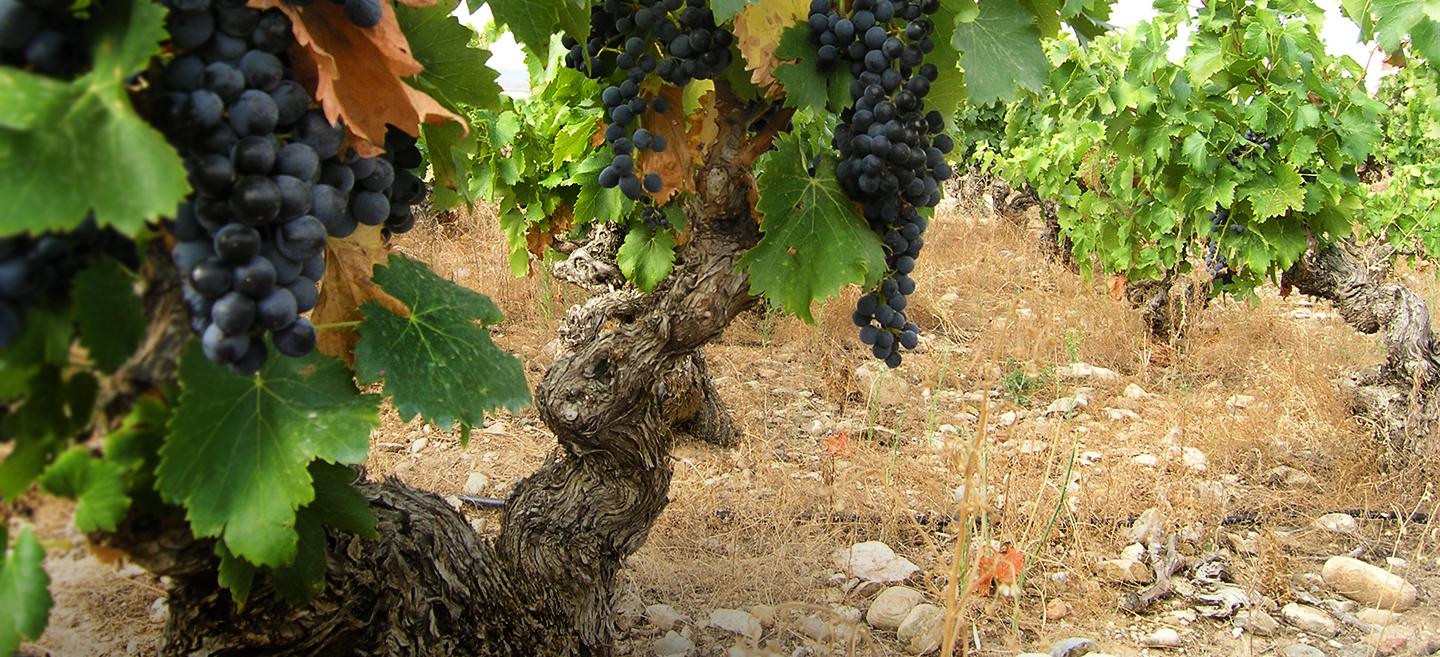 Region:
Region: